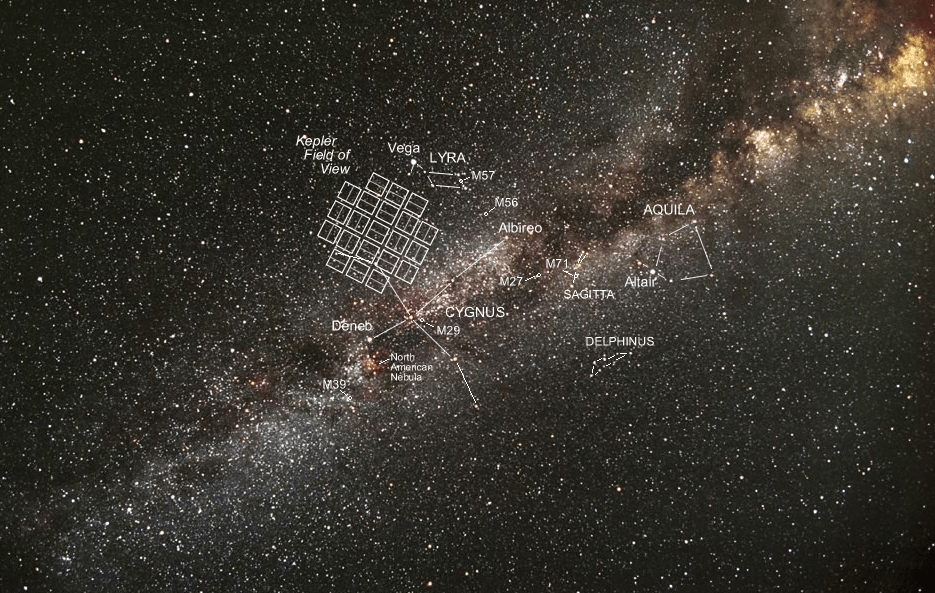Astronomers estimate that the Milky Way contains up to 400 billion stars and thanks to the Kepler mission, we can now estimate that every star in our galaxy has on average 1.6 planets in orbit around it.
This new video from our friends Tony Darnell and Scott Lewis focuses on the discoveries that the Kepler Space Telescope has made, which has opened up a whole new universe and a new way of looking at stars as potential homes for other planets. Only about 20 years ago, we didn’t know if there were any other planets around any other stars besides our own. But now we know we live in a galaxy that contains more planets than stars.
If you extrapolate that number to the rest of the Universe, it’s mind-blowing. According to astronomers, there are probably more than 170 billion galaxies in the observable Universe, stretching out into a region of space 13.8 billion light-years away from us in all directions.
And so, if you multiply the number of stars in our galaxy by the number of galaxies in the Universe, you get approximately 1024 stars. That’s a 1 followed by twenty-four zeros, or a septillion stars.
However, it’s been calculated that the observable Universe is a bubble of space 47 billion years in all directions… or it could be much bigger, possibly infinite. It’s just that we can’t detect those stars because they’re outside the observable Universe.
So, there’s a lot of stars out there.
As the video says, space telescopes give us “a glimpse of our humble place in the cosmic ocean.”


The 200/400 Billion commonly used estimates when referring to total stars in our
galaxy needs to be refined to a narrower number range.
Had to crank up my abacus and recalculate the Drake Equation. Lessee here… the odds are now with ETI… Right?
Do these assumed planets meet the criteria as missing MACHOS? Or would they otherwise alter the calcs of the assumed predominance of dark matter over matter? Great video!
mind blowing any way you add it up…AND…seeing as its all full of the same stuff and operates under the same physical and chemical systems….its a no brainer that LIFE has popped up elsewhere…LIFE loves to happen(I won’t bother to qualify that) and then it loves to expand and look back at itself and look out from itself and then do everything it can to continue itself..another mind blowing ‘reality’